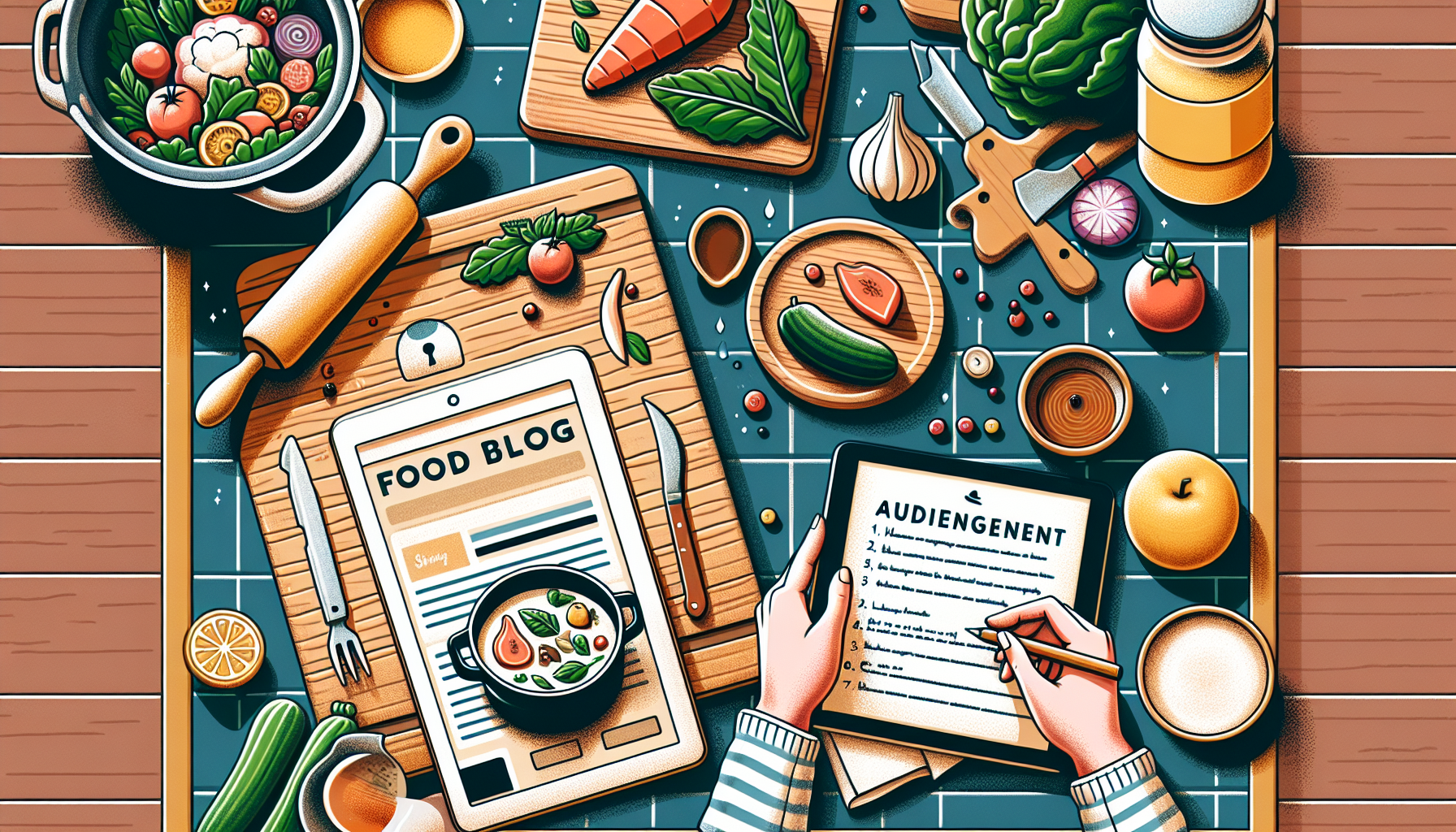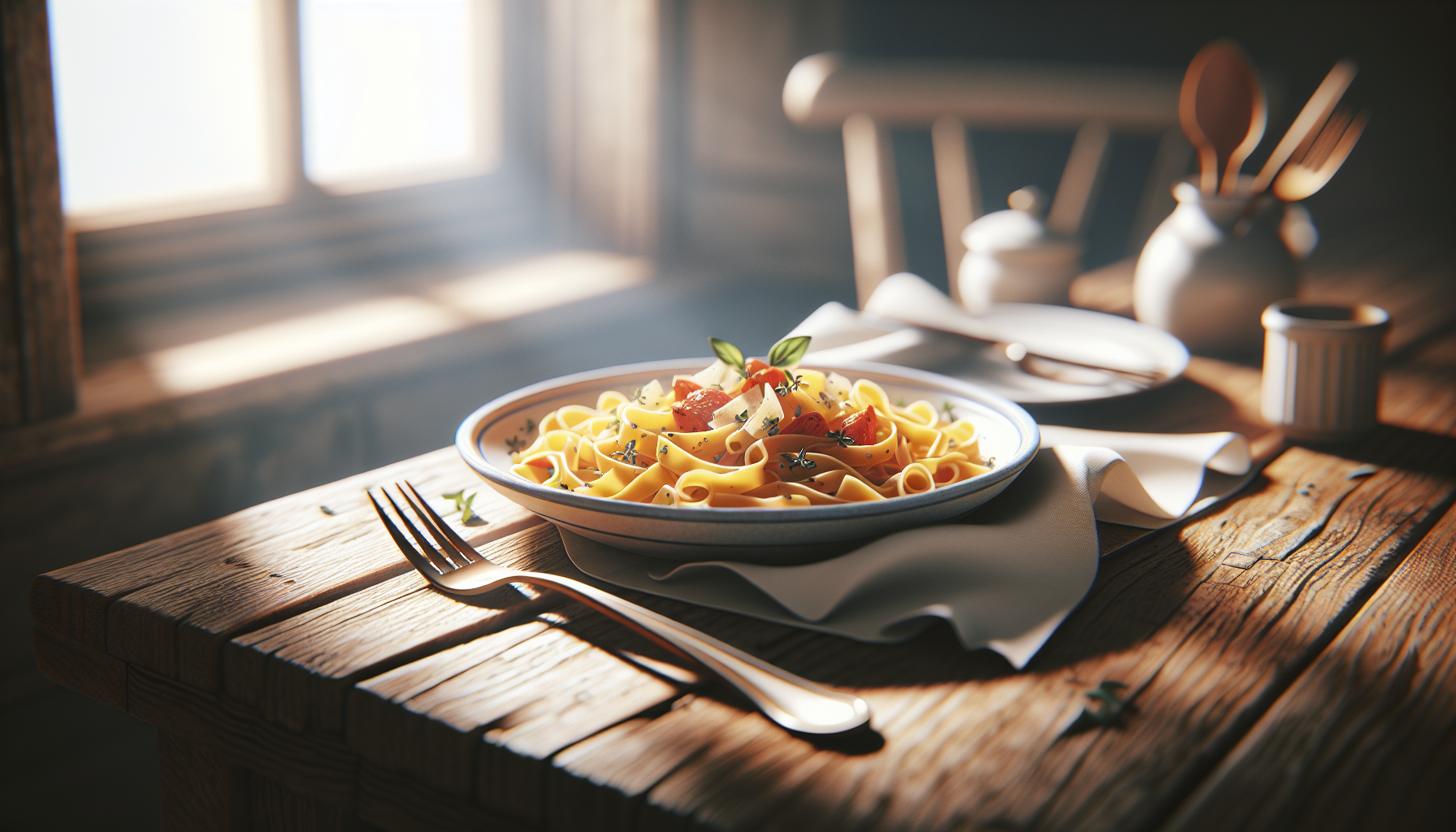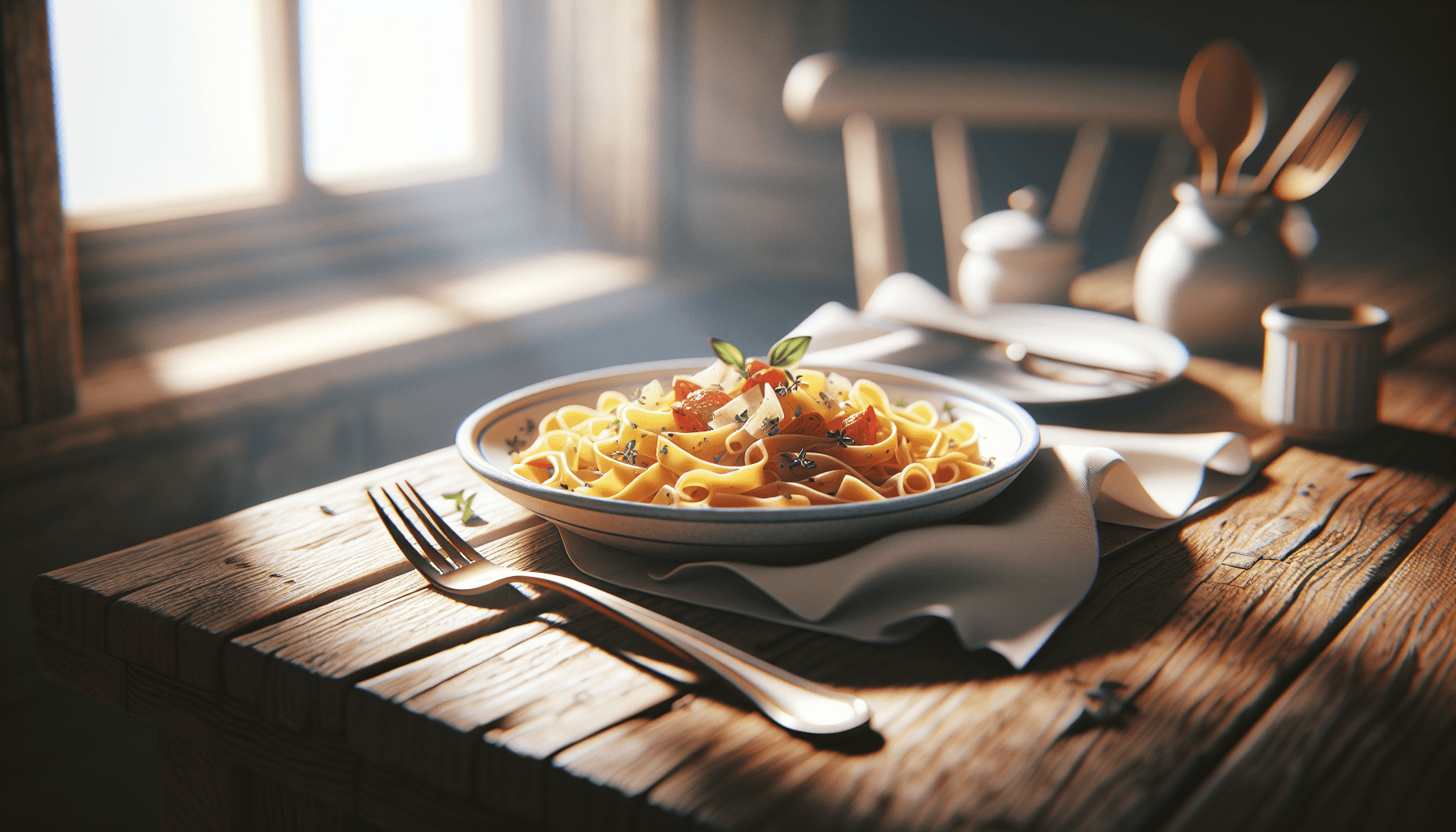Complete AI Prompt Pack
1000+ prompts • $37
Are you struggling to come up with enticing content for your food blog? You’re not alone! Many food bloggers often find themselves staring blankly at a screen, wondering what to write next. It can be tough to keep ideas flowing, especially when you want to engage your readers with delicious recipes and food stories.
But don’t worry! If you stick around, I’ll share some fantastic ChatGPT prompts that will spark your creativity and help you whip up exciting blog posts in no time. You’ll unlock fresh ideas, engaging writing techniques, and even tips for connecting with your audience.
From easy recipe ideas to mouthwatering descriptions and everything in between, you’ll find a treasure trove of inspiration here. Let’s dive in and make your food blog a feast for the senses!
Key Takeaways
- Use ChatGPT prompts to spark fresh ideas for your food blog, from new recipes to engaging introductions.
- Incorporate seasonal ingredients in your content to keep it relevant and exciting for readers.
- Write engaging posts by using vivid descriptions and personal stories that connect with your audience.
- Engage with your readers through comments, questions, and social media interactions to build a loyal community.
- Create quick meal plans or easy recipes that resonate with your audience’s needs and preferences.

Top ChatGPT Prompts for Food Blogging
Using ChatGPT can significantly enhance your food blogging experience by generating creative ideas and streamlining your writing process.
Here are some top prompts to get you started:
- “Generate a list of 10 unique food blog post ideas focused on vegan recipes.”
- “Create a detailed recipe for a classic Italian pasta dish, including ingredients and cooking steps.”
- “Give me 5 tips for writing engaging introductions for food blog posts.”
- “Suggest 8 seasonal ingredients and different ways to incorporate them into recipes.”
These prompts can help you brainstorm new content, keep your blog fresh, and connect better with your audience.
Easy Recipe Ideas in Seconds
When you’re short on time but still want to create delicious meals, ChatGPT can provide quick and easy recipe ideas in a matter of seconds.
Here are some prompts you can use to produce satisfying recipes with minimal effort:
- “List 5 easy dinner recipes that can be made in 30 minutes or less.”
- “Provide a simple recipe for a one-pot meal featuring chicken and vegetables.”
- “Share 3 quick breakfast ideas that require no cooking.”
- “Generate a recipe for a healthy smoothie using common ingredients.”
With these ideas, you can whip up meals that satisfy your cravings without spending the entire evening in the kitchen.
Tips for Writing Engaging Food Blog Posts
Engaging food blog posts grab readers’ attention and keep them coming back for more. Here are actionable tips for making your writing pop:
First, start with a captivating headline that makes people want to click.
Next, tell a story that connects the recipe to personal experiences or traditions.
Use vivid descriptions that appeal to the senses; explaining how the dish looks, smells, tastes, and feels can draw readers in.
Additionally, incorporate personal anecdotes to make your posts relatable and authentic.
Finally, wrap up your posts with a call to action; encourage readers to leave comments or share their own tips.
These strategies can help you create posts that leave lasting impressions.
Creative Ways to Describe Flavors and Textures
Describing flavors and textures well is an art, and it can elevate your food writing significantly.
Instead of saying something is “tasty,” try using more specific language to create a sensory image.
For instance, instead of “spicy,” you might say “fiery heat that tingles on the tongue.”
Here are some prompts to play around with flavor descriptions:
- “Describe the flavor profile of a rich chocolate cake.”
- “Use sensory language to convey the crunchiness of freshly fried tempura.”
- “Generate a list of 10 adjectives to describe savory dishes.”
- “What are some creative ways to depict the creaminess of a risotto?”
Using vivid and specific language helps your readers imagine the meal in their minds, making them more likely to try your recipes.

Strategies for Engaging with Your Audience
Engaging with your audience is key to building a loyal following for your food blog.
To do this effectively, start by responding to comments on your blog posts.
This shows readers that you value their input and makes them feel heard.
Ask questions at the end of your posts to encourage discussion.
For example, you might ask readers about their favorite variations of a given recipe.
Utilize polls on social media to learn what your audience enjoys the most.
Incorporate user-generated content; encourage followers to share photos of your recipes.
Feature these photos in your blog or social media to create a sense of community.
Lastly, consider hosting Q&A sessions where readers can ask about recipes, cooking tips, or food trends.
Here are some prompts to generate ideas for audience engagement:
- “Create a list of 5 questions to ask readers about their cooking habits.”
- “Suggest 3 interactive ideas for building a food blog community.”
- “Generate a poll question about favorite kitchen gadgets.”
- “List 4 ways to encourage readers to submit their recipe adaptations.”
Seasonal Ingredient Prompts for Fresh Content
Seasonal ingredients provide a wonderful way to keep your content fresh and relevant.
Incorporating seasonal elements not only enhances flavors but also connects your audience to local produce.
Start by researching what’s in season in your area or at your local farmers’ market.
Then, use that information to create prompts for ChatGPT to generate content tailored to those ingredients.
Here are some useful prompts to inspire your seasonal recipe ideas:
- “List 6 seasonal vegetables available in spring and suggest 3 recipes for each.”
- “Generate a comforting recipe using fall ingredients like pumpkin and squash.”
- “Create a summer salad featuring the best seasonal produce.”
- “Suggest 5 winter comfort food ideas using seasonal root vegetables.”
By focusing on seasonal ingredients, you’ll not only enhance your recipes but also draw in readers who are looking for fresh cooking inspiration.
Quick Meal Plans Using ChatGPT
Creating quick meal plans can save time and make weeknight dinners a breeze.
ChatGPT can help you put together nutritious meal plans that suit your dietary needs.
Start by defining a few criteria: how many meals do you need, dietary restrictions, and preferred cuisines.
Here are some prompts to get you started with quick meal planning:
- “Generate a 5-day meal plan for a vegetarian diet, including breakfast, lunch, and dinner.”
- “Create a weekly meal plan with quick recipes that can be prepared in 30 minutes or less.”
- “Suggest a low-cost meal plan for a family of four, highlighting budget-friendly ingredients.”
- “List 7 meals that share common ingredients to minimize grocery shopping and waste.”
With these meal plans, you can simplify your cooking process and keep meal times enjoyable for you and your family.
How to Generate Social Media Posts for Food Blogs
Social media is a powerful tool for promoting your food blog and connecting with your audience.
Creating engaging posts can showcase your recipes and bring readers to your blog.
Use high-quality images paired with catchy captions that invite interaction.
Mix in stories about your cooking experiences or ask your followers for their opinions.
Here are some prompts for generating enticing social media content:
- “Write an engaging caption to accompany a photo of your latest dessert recipe.”
- “Suggest 3 fun facts about a seasonal ingredient featured in your blog.”
- “Generate a series of questions to ask followers about their favorite breakfast dishes.”
- “Create a post promoting a new blog article on easy meal prep ideas.”
With the help of these prompts, you can create vibrant social media content that not only promotes your blog but also engages your audience in meaningful conversations.

Inspiration for Food Photography and Styling
Great food photography is essential for making your blog visually appealing and sharing mouthwatering content.
Using ChatGPT can help generate fresh ideas for capturing stunning images.
Start by experimenting with different lighting—natural light works wonders for food photos.
Here are some prompts to spark your food styling creativity:
- “Suggest 5 unique food plating ideas for pasta dishes.”
- “Generate a list of props to enhance food photography for dessert shots.”
- “What are some creative background ideas for photographing a vibrant salad?”
- “List 3 innovative ways to showcase seasonal produce in photos.”
By tapping into these ideas, you can elevate your photography skills and enhance the visual allure of your blog.
Prompt Ideas for Restaurant Reviews
Writing restaurant reviews can offer your audience valuable dining insights while showcasing your personality.
Capture the atmosphere, service, and food quality in a way that resonates with your readers.
To help you get started, here are some specific prompts to use:
- “Describe your experience at a recent restaurant, focusing on service and ambiance.”
- “Evaluate the flavors and presentation of a signature dish from a local restaurant.”
- “List the pros and cons of dining at a popular restaurant in your area.”
- “Generate a summary comparing two restaurants based on menu offerings and overall experience.”
These prompts will guide you in crafting engaging and informative restaurant reviews that your audience will appreciate.
Using ChatGPT to Craft Compelling Food Stories
Food stories can weave together the artistry of cooking and personal experiences to create captivating content.
Using ChatGPT, you can generate interesting angles and narrative ideas surrounding your favorite recipes.
Here are some helpful prompts to guide your storytelling process:
- “Write a personal story about the first time you made a family recipe.”
- “Generate a narrative about a cultural dish and its significance in a specific tradition.”
- “Create a recipe post that highlights the journey of discovering a new ingredient.”
- “Describe a cooking challenge you faced and how you overcame it.”
Leveraging these prompts can help you connect with readers on a deeper level, making your food blog more relatable and memorable.
FAQs
You can prompt ChatGPT by specifying ingredients you have, cuisine types you enjoy, or dietary restrictions. Ask for variations of classic dishes or simple meal ideas to quickly get relevant recipe suggestions.
Engaging with your audience can be enhanced by responding to comments, incorporating polls, asking for feedback, and sharing user-generated content. Create relatable and accessible content that resonates with your readers to boost interaction.
To describe flavors and textures, use prompts like “Imagine the taste of…” or “Describe the crunch of…”. Focus on sensory experiences, such as aroma and mouthfeel, to vividly bring your food experiences to life.
You can ask ChatGPT for catchy captions, hashtags, and visual ideas for specific dishes or themes. Specify the platform (Instagram, Facebook, etc.) and request content tailored for audience engagement and showcasing your food creations.
Last updated: September 16, 2024
